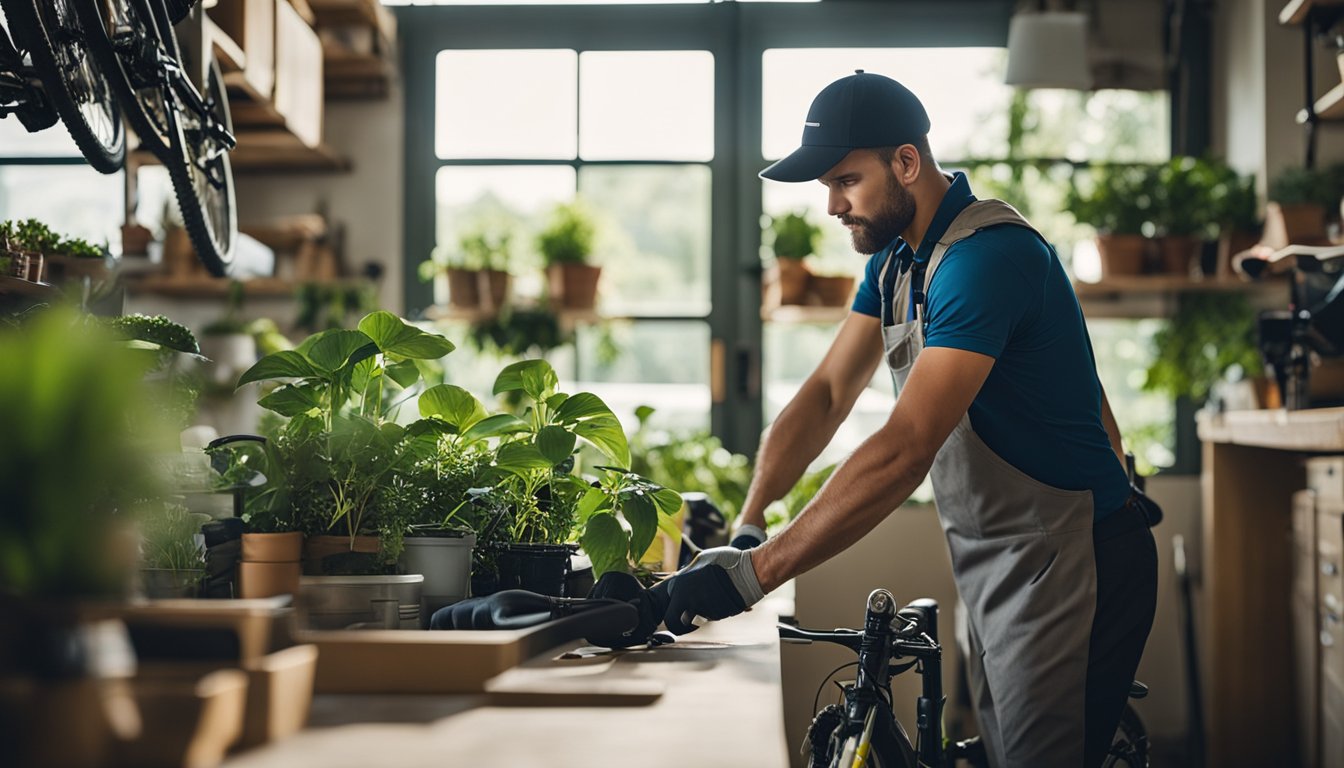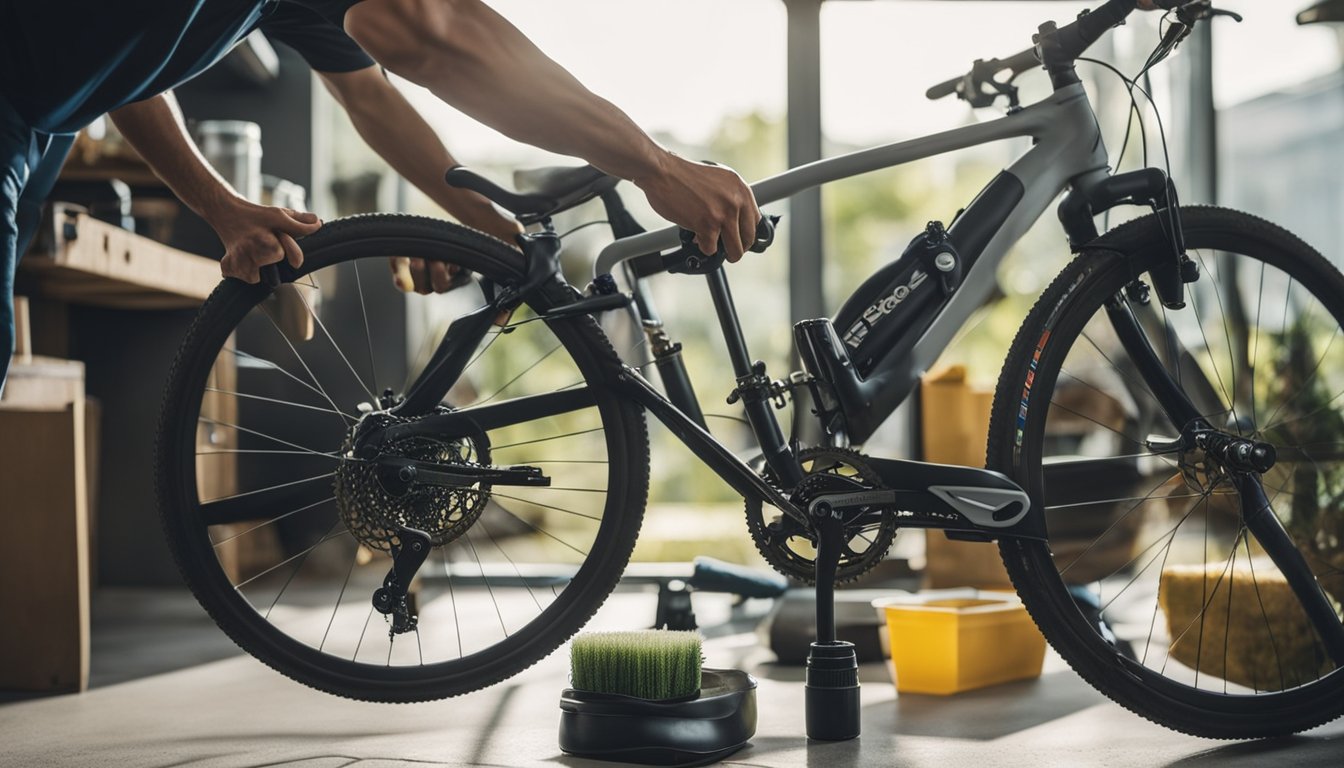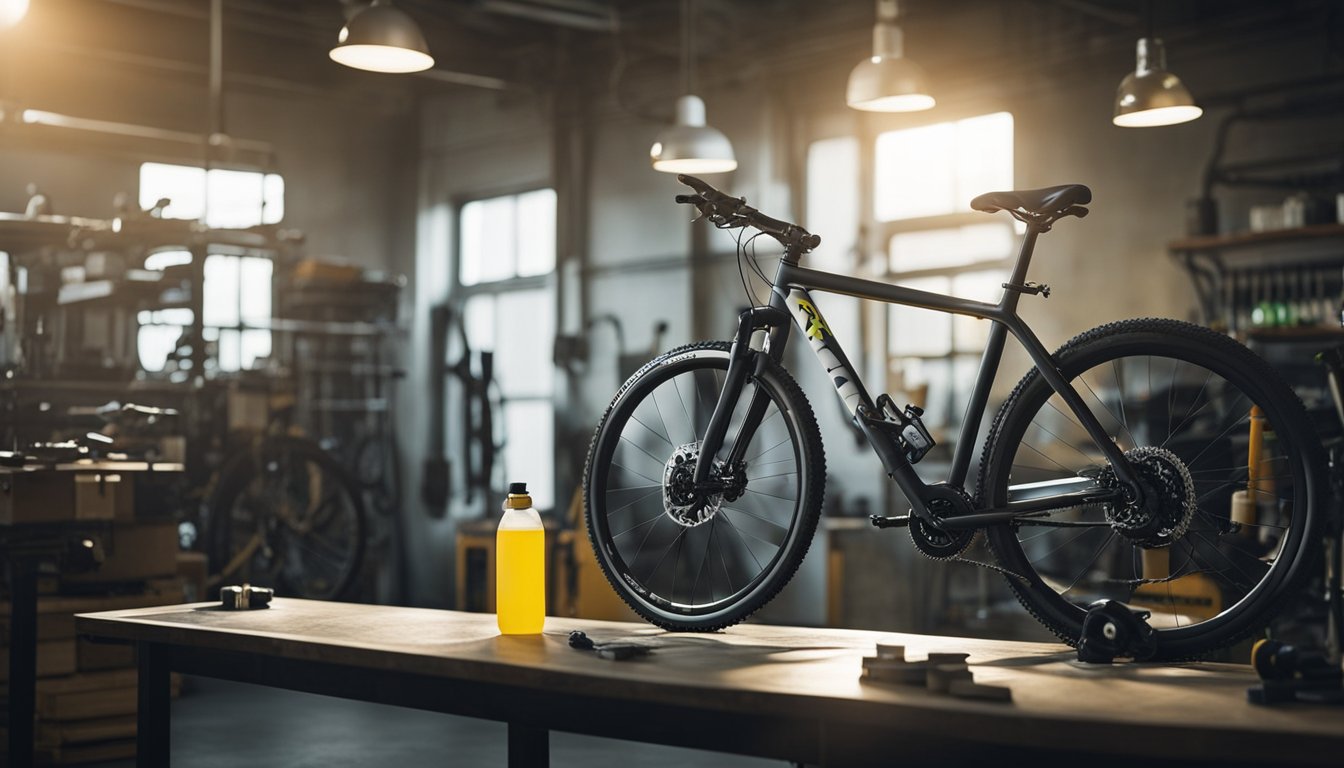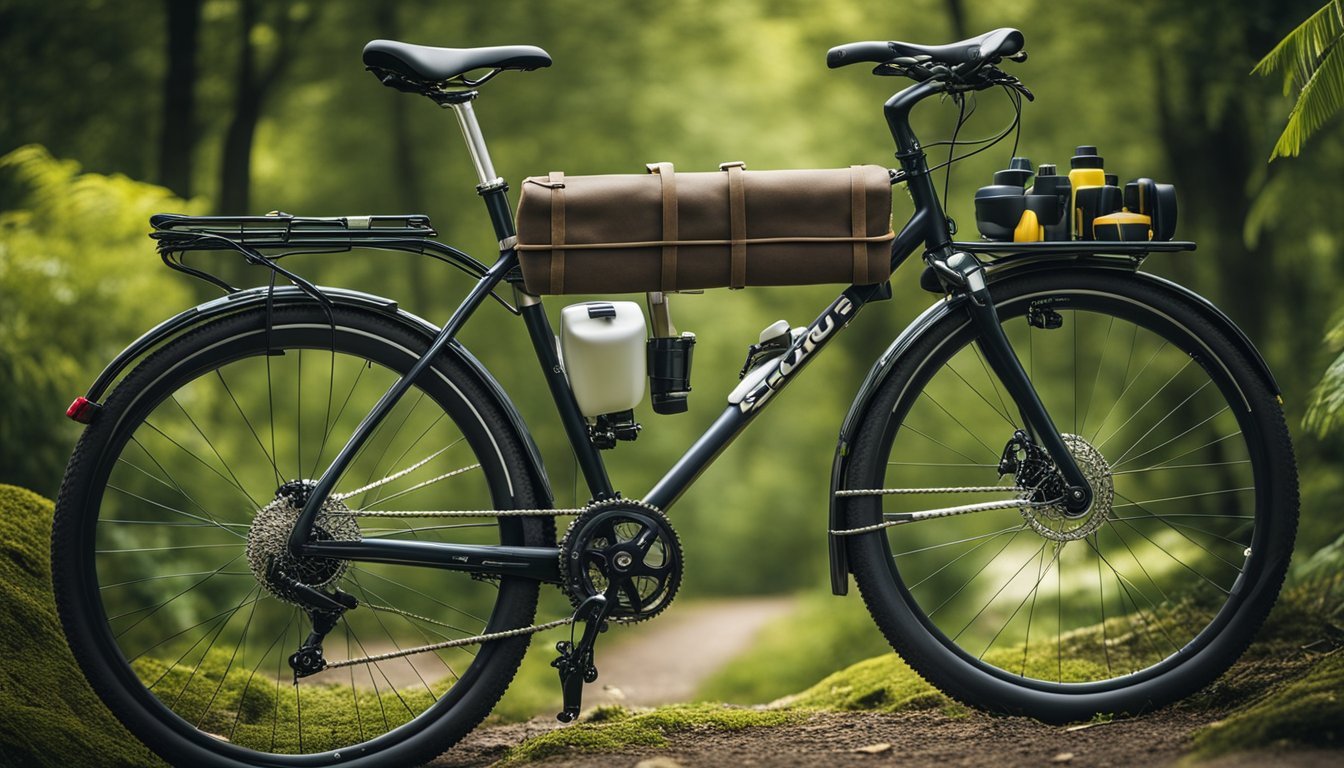Late updated: 03 Feb 2025 10:02
Written by: Sarah Hollister
Eco-Friendly Bicycle Maintenance Tips: A Guide to Sustainable Cycling Care
Embarking on the journey towards sustainable cycling is more than just hopping on a bicycle. It involves embracing an eco-friendly mindset even when maintaining your trusty two-wheeler. Choosing eco-friendly maintenance practices not only prolongs the lifespan of our bikes but also lessens our ecological footprint. This not only helps our environment but also enriches our cycling experience by ensuring our bicycles remain dependable and efficient.

Routine maintenance can be both simple and sustainable by using biodegradable cleaning products and eco-friendly lubricants. By keeping our bicycles in top shape, we conserve resources and promote sustainable transport. These small steps contribute significantly to the environmental benefits by reducing waste and preserving the natural ecosystems we love to ride through.
Let's explore how we, as cyclists, can adopt these practices and make a positive impact. From cleaning tips to regular inspections, we delve into practical ways to maintain our bicycles responsibly.
Key Takeaways
- Eco-friendly practices enhance bike longevity and reduce ecological impact.
- Adopting sustainable cleaning methods promotes environmental benefits.
- Regular inspections ensure dependable and efficient cycling.
Routine Maintenance and Cleaning

Incorporating sustainable practices into our bicycle maintenance routine helps prolong the life of our bikes while minimising environmental impact. Focusing on eco-friendly cleaning products, regular maintenance scheduling, and proper lubrication can significantly reduce waste and improve performance.
Establishing a Maintenance Schedule
Regular cleaning and maintenance ensure our bicycles function optimally and extend their lifespan. Creating a schedule tailored to our usage patterns helps keep track of necessary tasks. For instance, frequent commuters might require more frequent check-ins compared to weekend cyclists.
We should inspect key components such as brakes, gears, and tyres regularly. Weekly checks can help spot potential issues early, reducing the need for costly repairs. Additionally, a scheduled maintenance routine provides peace of mind, knowing that essential tasks are addressed consistently.
Choosing Eco-Friendly Cleaning Products
When cleaning our bikes, opting for biodegradable and non-toxic products is crucial to minimise environmental harm. Traditional cleaners often contain harsh chemicals that can be harmful to both our health and the environment. Instead, we should look for alternatives that are gentle yet effective.
Eco-friendly cleaning products can span from homemade vinegar-based solutions to branded biodegradable options available in bike shops. Utilising a damp cloth or a gentle spray can also reduce water usage, further conserving resources. By choosing sustainable options, we contribute to a healthier planet.
Lubrication for Longevity
Lubricating the bike’s components, especially the chain, is vital for maintaining smooth performance. A properly lubricated chain reduces wear and tear, extends its life and enhances overall riding efficiency. Choosing eco-friendly lubricants can significantly lower the environmental impact associated with conventional petrochemical products.
Applying lubricant sparingly is essential; over-lubrication can attract dirt, leading to increased wear. We should focus on the chain and other moving parts, wiping off any excess to maintain cleanliness. With regular lubrication, we ensure our bicycles remain in prime condition while supporting environmental sustainability.
Inspection and Adjustments

Regular inspection and making precise adjustments to our bikes are critical for ensuring safety and maintaining optimal performance. Key focus areas include maintaining the correct tyre pressure and performing thorough brake and bolt safety checks.
Optimal Tyre Pressure and Care
Ensuring that our bike tyres are at optimal pressure is vital. Proper tyre pressure not only enhances the riding experience but also prevents unnecessary wear. We should regularly check the tyre pressure using a reliable gauge. Typically, the recommended tyre pressure can be found on the sidewall of the tyre.
Consistent pressure checks: A stiffer tyre reduces rolling resistance, assisting in efficient rides. In contrast, under-inflation increases the likelihood of punctures. Hence, using a floor pump with a pressure gauge will help us maintain the correct levels.
Care tips: We should also inspect tyres for signs of wear or embedded debris that could cause a puncture. Rotating the tyres periodically can distribute wear evenly, ultimately extending the tyre's lifespan.
Brake and Bolt Safety Checks
For a safe ride, our bikes' braking and fastening systems must be in top condition. Ensuring the brakes are responsive and bolts are secure is crucial. We must check the brake pads for wear and replace them if they're less than 3mm thick. Aligning the brake callipers will ensure they make even contact with the rims or discs.
Tightening bolts: Loose bolts can compromise a bike's stability. Regularly inspecting and tightening bolts on components like handlebars, saddle, and wheels can prevent accidents. It's wise to use the correct bike tools to avoid stripping bolt heads.
Finally, a routine check of all these components reinforces our safety and extends the bike's lifespan. Keeping our maintenance straightforward and consistent keeps us confidently ready for every ride.
Frequently Asked Questions

Adopting eco-friendly bicycle maintenance ensures both sustainability and performance. We explore routine practices, eco-conscious product choices, and responsible disposal methods.
What routine practices should be followed for sustainable bicycle upkeep?
Regular cleaning with gentle, biodegradable products maintains a bike without introducing harmful chemicals into the environment. Ensuring tyres are properly inflated and chains are lubricated enhances efficiency and longevity.
Which biodegradable substances can be used for bicycle lubrication?
Eco-friendly lubricants made from plant-based oils are excellent for reducing friction without harming the environment. These alternatives outperform conventional petroleum-based options in terms of sustainability.
What steps can be taken to ensure the longevity of a hybrid bicycle's components?
Routine inspections for wear and damage help maintain performance. Tightening loose bolts, adjusting brakes, and caring for the drivetrain with eco-friendly cleaners keep hybrid bikes in top shape.
How can one enhance a bicycle's performance while adhering to environmental principles?
Optimising gear settings based on terrain and maintaining the correct tyre pressure boosts performance. Using reusable or refillable products limits single-use waste and supports sustainability.
What are the best methods to clean a bicycle with minimal environmental impact?
Using a damp cloth and a spray bottle with a mix of water and vinegar offers an effective and eco-friendly cleaning solution. Avoid excessive water usage by focusing on targeted cleaning.
How can used bicycle parts be recycled or disposed of responsibly?
Many components such as metals and certain plastics can be taken to recycling centres. Partnering with initiatives or shops that refurbish old parts can also breathe new life into unused items.
